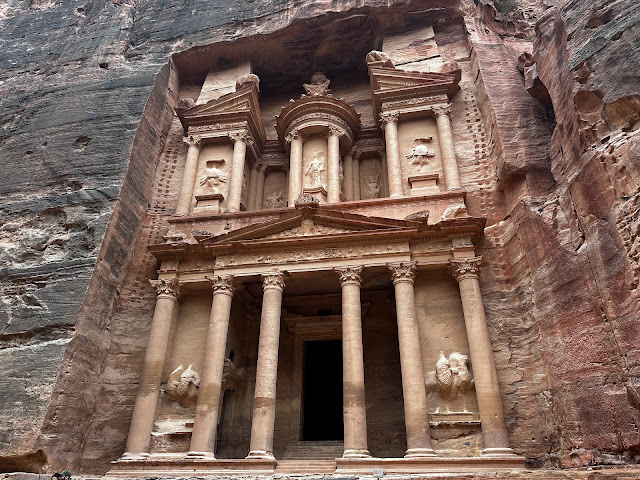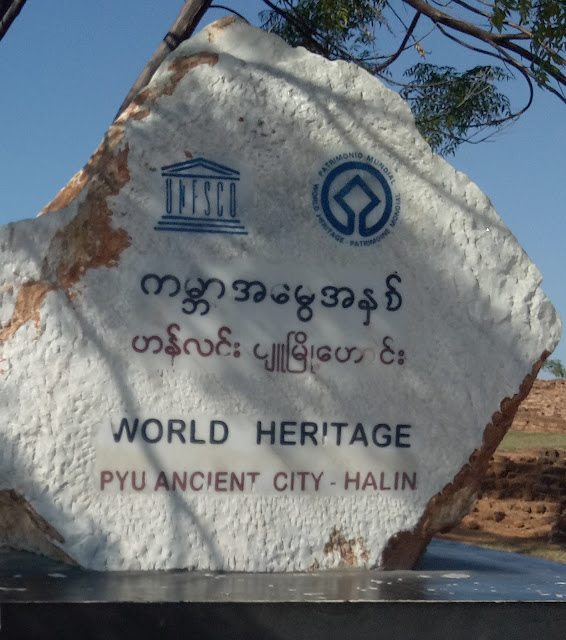Sambor Prei Kuk (Isanapura)
The Chenla Kingdom was once part of the Kingdom of Funan, a network of states which existed in Mainland South East Asia centered around the Mekong Delta from the 1st to the 6th century CE. By the end of the 6th Century CE, Chenla is believed to have become a sovereign state, with “Bhavavarman I” becoming its’ first independent ruler (estimated to have reigned from 550 CE to 590 CE).
“Mahendravarman I” was succeeded by his son, “Isanavarman I” who reigned from 616 CE to 637 CE. The Chenla Kingdom is believed to have reached its’ peak during the reign of “Isanavarman I” who moved the capital of the Kingdom to “Isanapura”.
Today, the ruins of “Isanapura’ is in the commune of Sambor (in the district of Prasat Sambor), about 30km from Kampong Thom, about 180km east of Siem Reap and about 200km north of Phnom Penh, the capital of Cambodia. Still hidden to a certain extent by forest, the site is today known as Sambor Prei Kuk:" The temple in the richness of the forest". It was designated as a UNESCO World Heritage Site in 2017.
The site is estimated to contain over a 100 temples and buildings both within and outside the main complexes of the temple zone. Most of these structures are estimated to have been constructed between 7th Century CE and 9th Century CE. Their significance is even greater as there are hardly any other historical sites which predates the Khmer Empire within Cambodia.
Prasat Sambor is the northern temple group of the temple zone to the east of the site. It is currently considered the main temple. Dated back to the 7th Century CE, the temple group was dedicated to one of the reincarnations of Lord Shiva named "Gambhireshvara". The official religion of Isanapura was believed to be Shaivism.
 |
Prasat
Yeay Poan is the southern temple group of the temple zone to the east
of the site. This temple group which has been dedicated to Lord Shiva has been
dated back to the reign of “Isanavarman I”.
Estimated to have been
completed between the late 7th Century and the 9th Century CE, Prasat Tao is the
central temple group of the temple zone to the east of the site. It is
surrounded by two Laterite enclosure walls. The outer wall is estimated to be
280 m x 270 m whereas the inner wall is estimated to be 145 m x 135 m. Both
enclosure walls have gates on the east and the west, and it has been
established that there were twelve towers which were built within both
enclosure walls. Today, these towers have collapsed, and the most prominent
structure remaining is the central tower which is about 20 meters in height.
The central tower has been
constructed of brick in a rectangular form that was built on a platform with an
entrance door facing to the east, and false doors on the other sides.
 |
| Prasat Tao |
 |
| One of the false doors of Prasat Tao |
The central tower is best known for the pair of monolithic
sandstone lions at the stairway to the entrance. Considered to be first free
standing lion sculptures in Khmer Art, the fine detail of the lion's hair is a
great testament to the skills of the builders. Based on the architectural
decorative features of the towers including the lintels above the doors built
in the Prei Khmeng (635 CE – 700 CE) and Kampong Preah (706 CE – 800 CE), the
towers have been dated back to the late 7th and 8th
Century CE.
 |
| The lion sculptures at the entrance of Prasat Tao |
Due to its’ location, Sambor Prei Kuk less accessible than the famous monuments of Angkor and sees less tourists. But
it tells a tale of an era which preceded the infamous Khmer Empire which should
not be forgotten.









Comments
Post a Comment